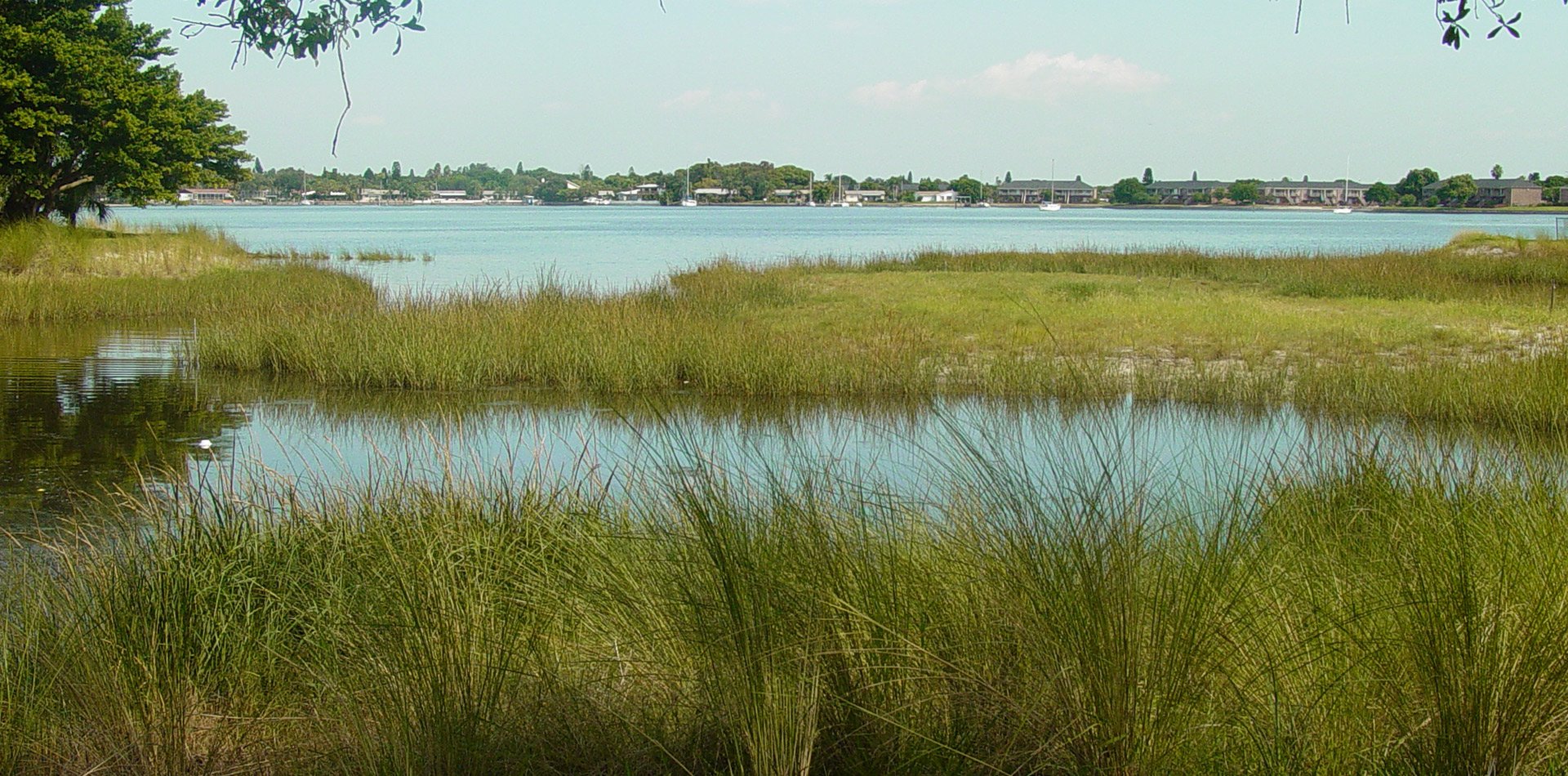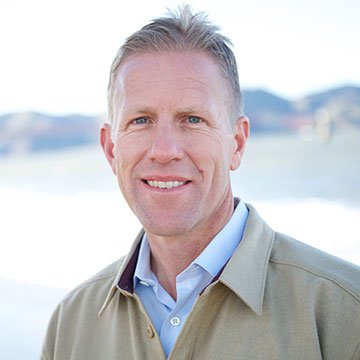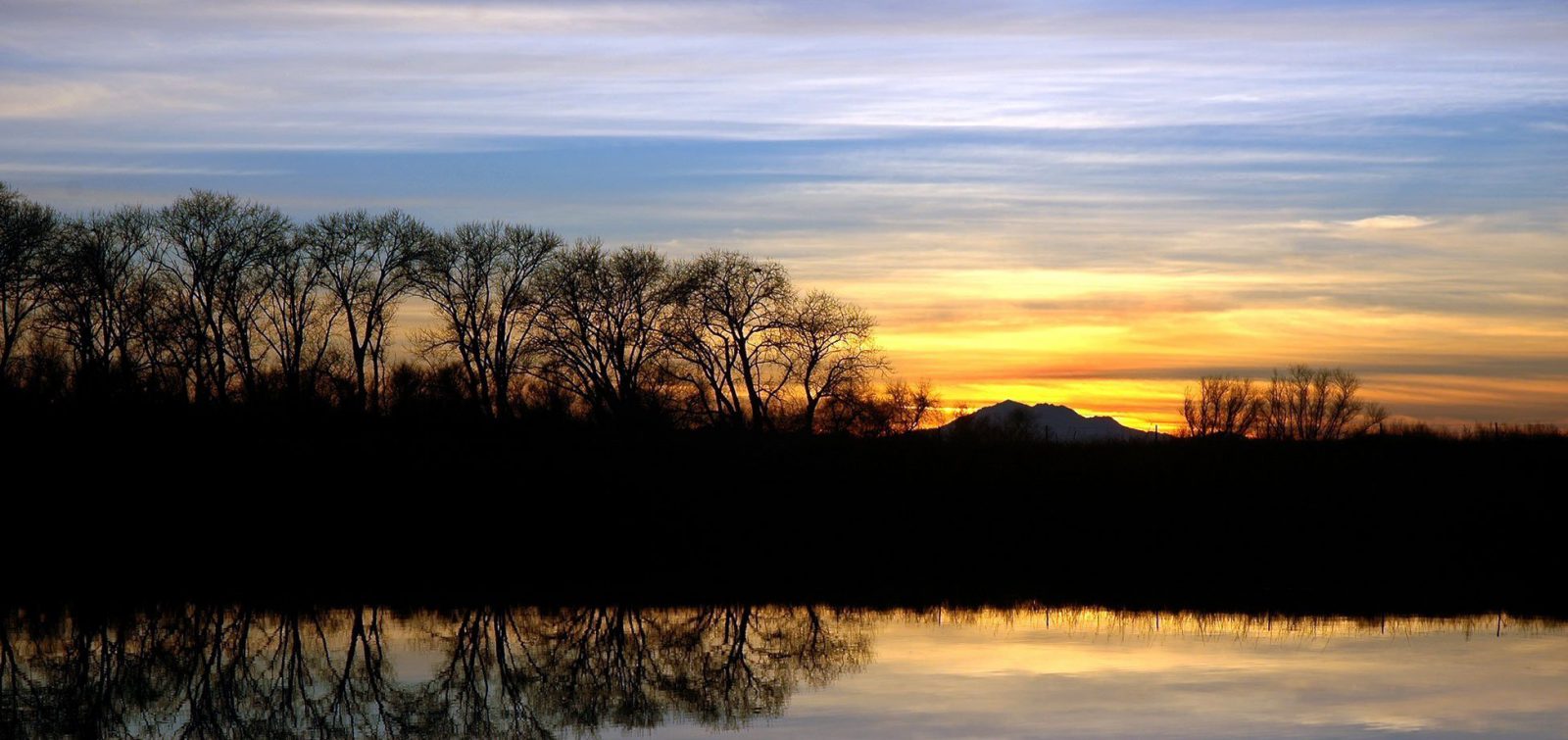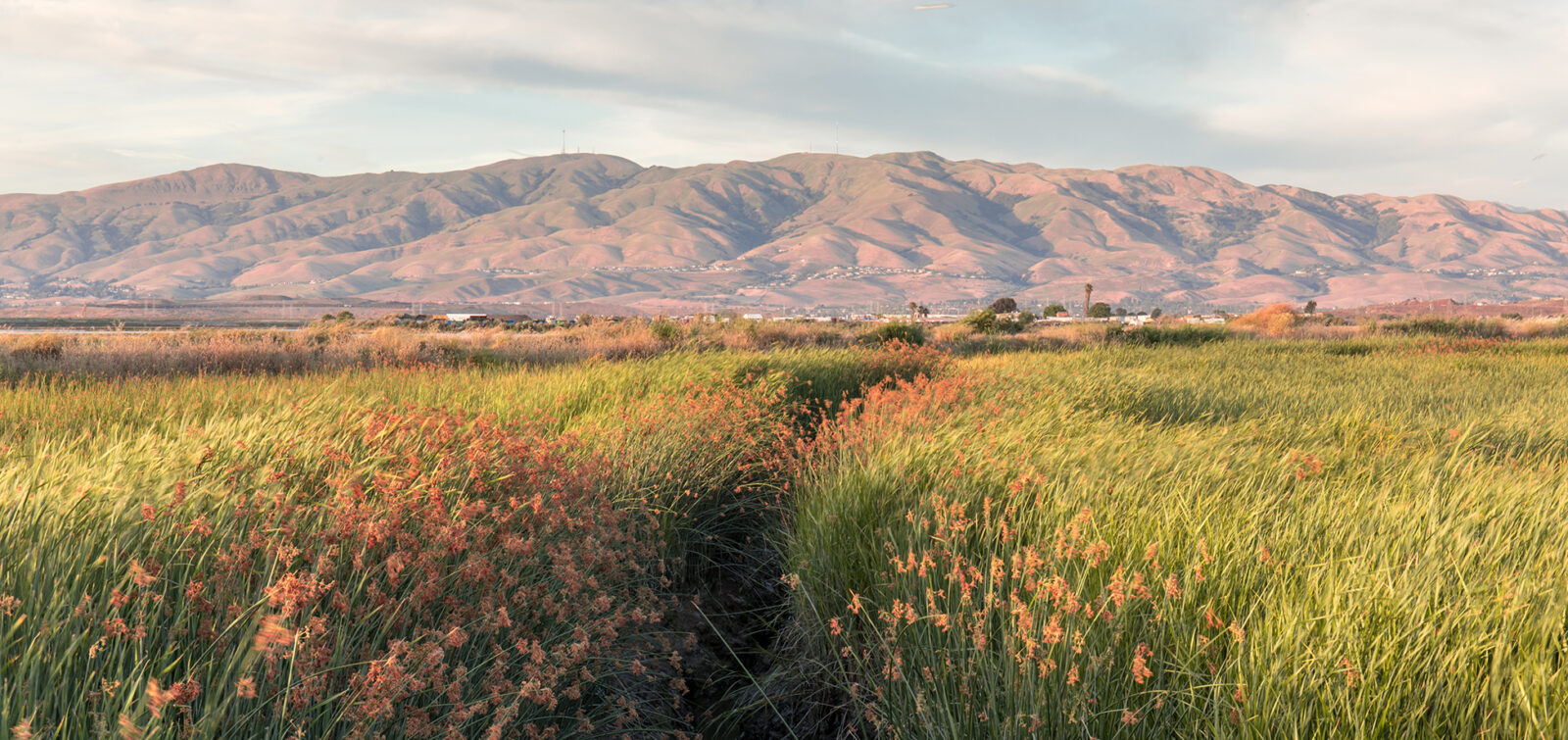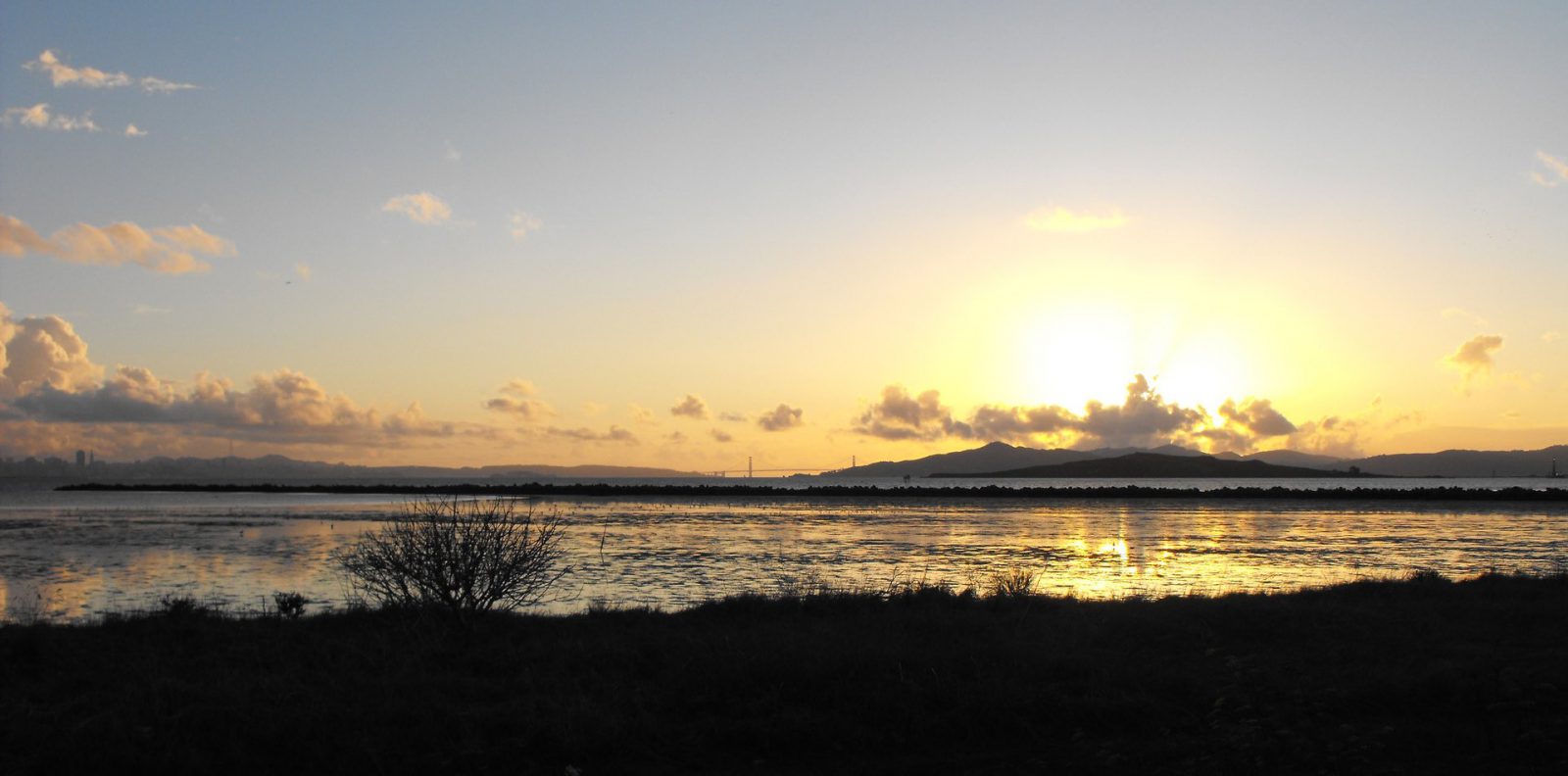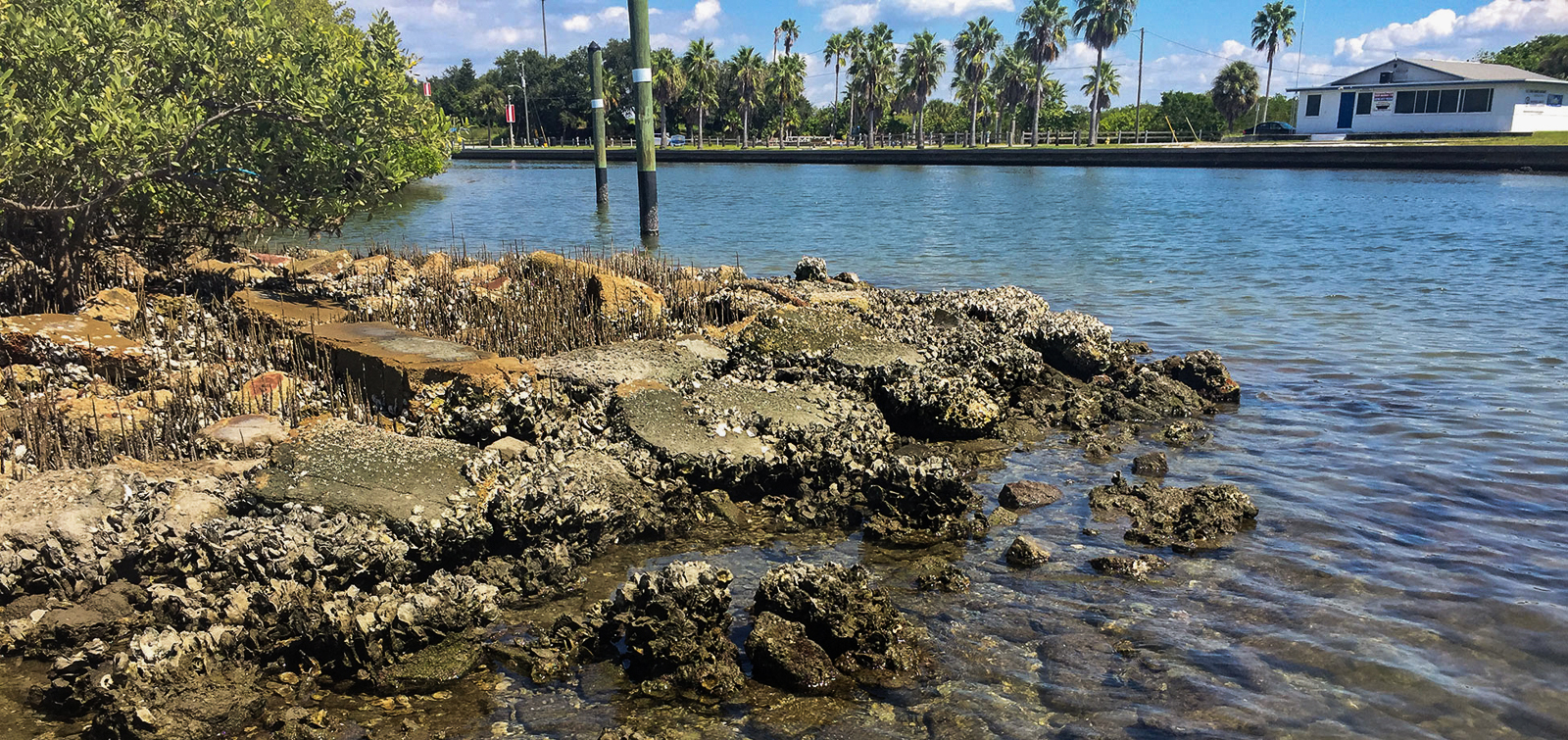Grants have long been an important―and sometimes the only ―funding resource for restoration projects. Non-profit organizations, local and special district agencies, tribes, academic institutions, and other eligible applicants rely on grant monies to envision and accomplish a wide array of restoration goals and objectives. These projects include, and are not limited to: habitat enhancement; wetland, river, and coastal restoration; and, as a growing trend in recent years, multi-benefit projects that combine flood protection, shoreline and public access, mitigation of climate change impacts, habitat and ecosystem improvements, and others concerns.
In the past, federal agencies such as the US Fish and Wildlife Service, the National Oceanic and Atmospheric Administration (NOAA), and the US Environmental Protection Agency, ministered a large portion of the available funding for restoration efforts. In lieu of changing policies and the uncertainty of future grant funding for environmental projects at the federal level, applicants are turning to local, private, and state-sponsored programs to get their projects done.
Many local agencies and non-profits are already quite savvy and comfortable in the grant world, however we recognize some eligible applicants may find the process to be intimidating, whether through lack of exposure, staff, and/or the time required to research and submit a grant application. Because restoration projects offer such tremendous value to habitat and our communities, we regularly assist and coach applicants of all types through the grant process. We are practiced in providing guidance and support on everything from reviewing grant criteria and guidelines, to conceptualizing and developing project descriptions, scopes, budgets, specifications, site plans, and graphics that will best resonate with the grant review panel. We identify relevant and applicable programs that can fund future phases of both ongoing and new restoration and multi-benefit projects ―including eligible candidate projects which may not be as obvious at first glance, like new shoreline development projects or water infrastructure projects, for instance, that have potential for a restoration component.
ESA staff demonstrate a measurable track record of success, having helped clients collectively procure more than $100 million in grant funding. Most recently, we collaborated on three successful Proposition 1 ecosystem restoration-based grant applications through the Delta Conservancy. We have been closely working with our clients on current phases of the respective projects, and, with this newly awarded funding, aim to seamlessly deliver the next phases of design and implementation for the key habitat, floodplain, and ecosystem benefits so critical to restoration efforts in the Sacramento-San Joaquin Delta.
In the East Bay area near Hayward, we partnered with the Oro Loma Sanitary District and San Francisco Estuary Partnership to secure $2 million of Proposition 84 Integrated Regional Water Management grant monies through the California Department of Water Resources (DWR) for a demonstration project on a cutting-edge, ecosystem-based adaptation to sea level rise. This project, which evolved from the ESA-led Hayward Shoreline Sea Level Rise Study (sponsored by the Hayward Area Shoreline Protection Agency), is one of the first applications of horizontal levees of its kind. The project serves two purposes: one as a wet-weather equalization facility for peak wet-weather flows, and another as a successful demonstration utilizing upland and transitional areas landward of tidal marshes as buffers to sea level rise, which double as treatment wetlands to clean wastewater discharge during dry weather. UC Berkeley researchers and academics are monitoring the site with us to better understand the many benefits of horizontal levees, and additional agencies in the area are eyeing this approach to address the risks of sea level rise and climate change impacts to critical infrastructure.
Along Florida’s Gulf Coast, the Lemon Bay Conservancy (LBC) had purchased an 80-acre defunct golf course in Charlotte County. They had a vision to expand the site’s already productive tarpon (Megalops atlanticus) nursery, and protect the remaining land as a nature preserve. They did not, however, have the funds or technical experience to make this plan a reality. Working with LBC throughout the process, we helped secure $750,000 from the Southwest Florida Watershed Management District (SWFWMD) Cooperative Funding Initiative (CFI) grant. We also helped secure an additional $400,000 NOAA grant to further improve low salinity habitats for other recreationally important fish species. When finished, this project will create more than eight acres of estuarine wetlands, five acres of freshwater wetlands, and enhance the balance of the site (67 acres) as coastal upland habitat.
With a practice dedicated to habitat restoration projects throughout the West Coast and the Gulf Coast regions, we will continue our quest to help communities afford functioning ecosystems. If you would like to learn more about how we can help identify and apply for grant-funding, please reach out to Lisa Warner or Jorgen Blomberg for more information.
